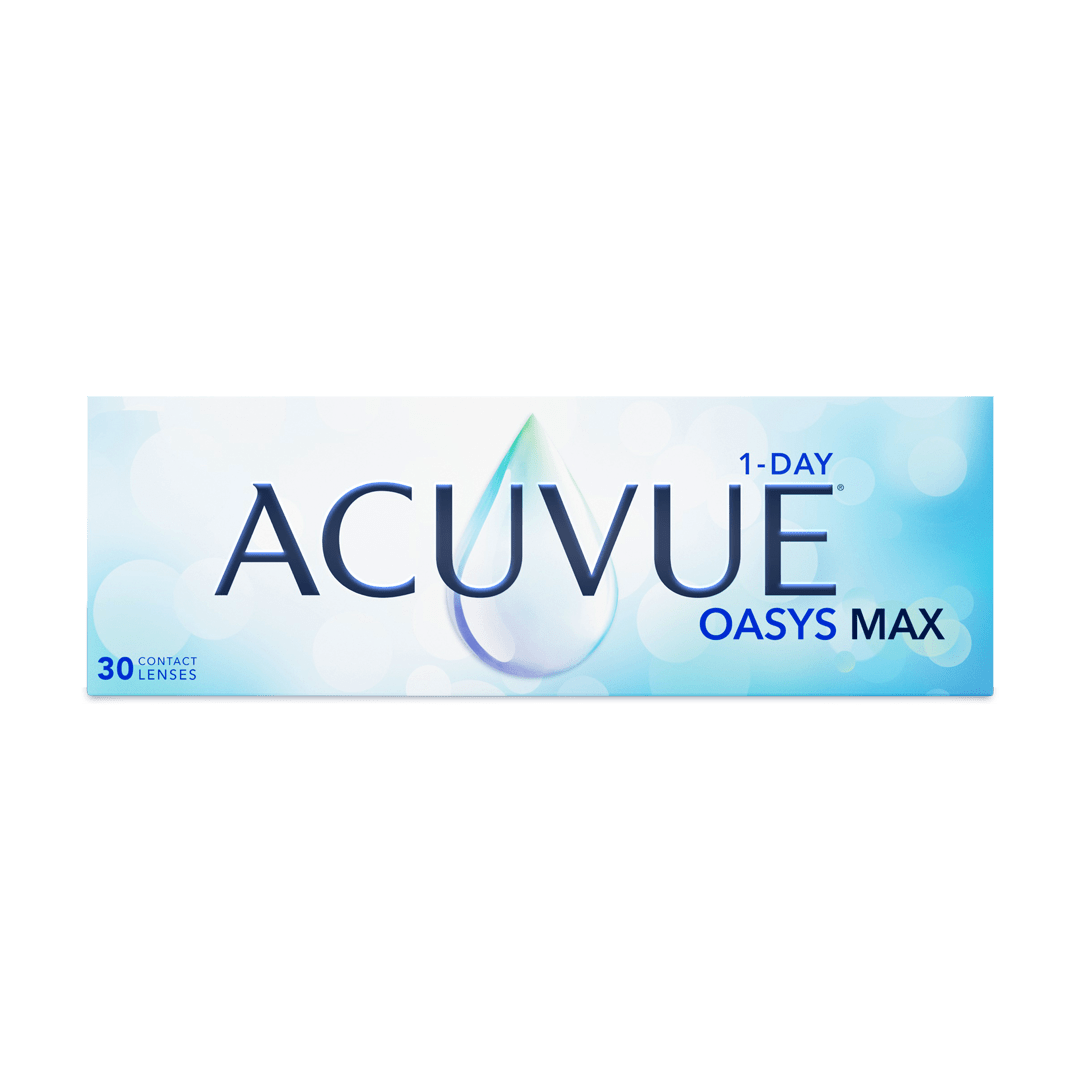Common vision issues: What to know
Though it's the main symptom of contact lens wearers, not all blurry vision is created equal. There are four main types of vision issues that can be corrected with glasses or contact lenses, which you can explore below.

What is myopia, or nearsightedness?
Myopia, often called nearsightedness, is a chronic progressive disease where the eye grows longer than it should, causing blurry distance vision.
What is hyperopia, or farsightedness?
Farsightedness, or hyperopia, is where you can see objects clearly at a distance but find it hard to focus on things close up.
ACUVUE® products made for nearsightedness and farsightedness
What is astigmatism?
Astigmatism is blurred or distorted vision at all distances caused by an imperfection in the eye's curvature.
What is presbyopia?
Presbyopia is difficulty seeing up close that begins to affect everyone around the age of 40.
Footnotes
Important information for contact lens wearers: ACUVUE Contact Lenses are available by prescription only for vision correction. An eye care professional will determine whether contact lenses are right for you. Although rare, serious eye problems can develop while wearing contact lenses. To help avoid these problems, follow the wear and replacement schedule and the lens care instructions provided by your eye doctor. Do not wear contact lenses if you have an eye infection, or experience eye discomfort, excessive tearing, vision changes, redness or other eye problems. If one of these conditions occurs, remove the lens and contact your eye doctor immediately. For more information on proper wear, care and safety, talk to your eye care professional, call 1-800-843-2020, or download the Patient Instruction Guides.

![ACUVUE® OASYS 1-Day contact lenses with HydraLuxe[^TM] 30-Pack ACUVUE® OASYS 1-Day contact lenses with HydraLuxe[^TM] 30-Pack](https://images.contentstack.io/v3/assets/blt541542d4b6d9d1cc/bltefa7ae034eabf41e/658c34774135c42aec568af6/online-ACUVUE_Packshot_OASYS_1D_w_HydraLuxe_30P_Front_Transparent_NO_UV_PNG_1080.png?branch=prod_alias)